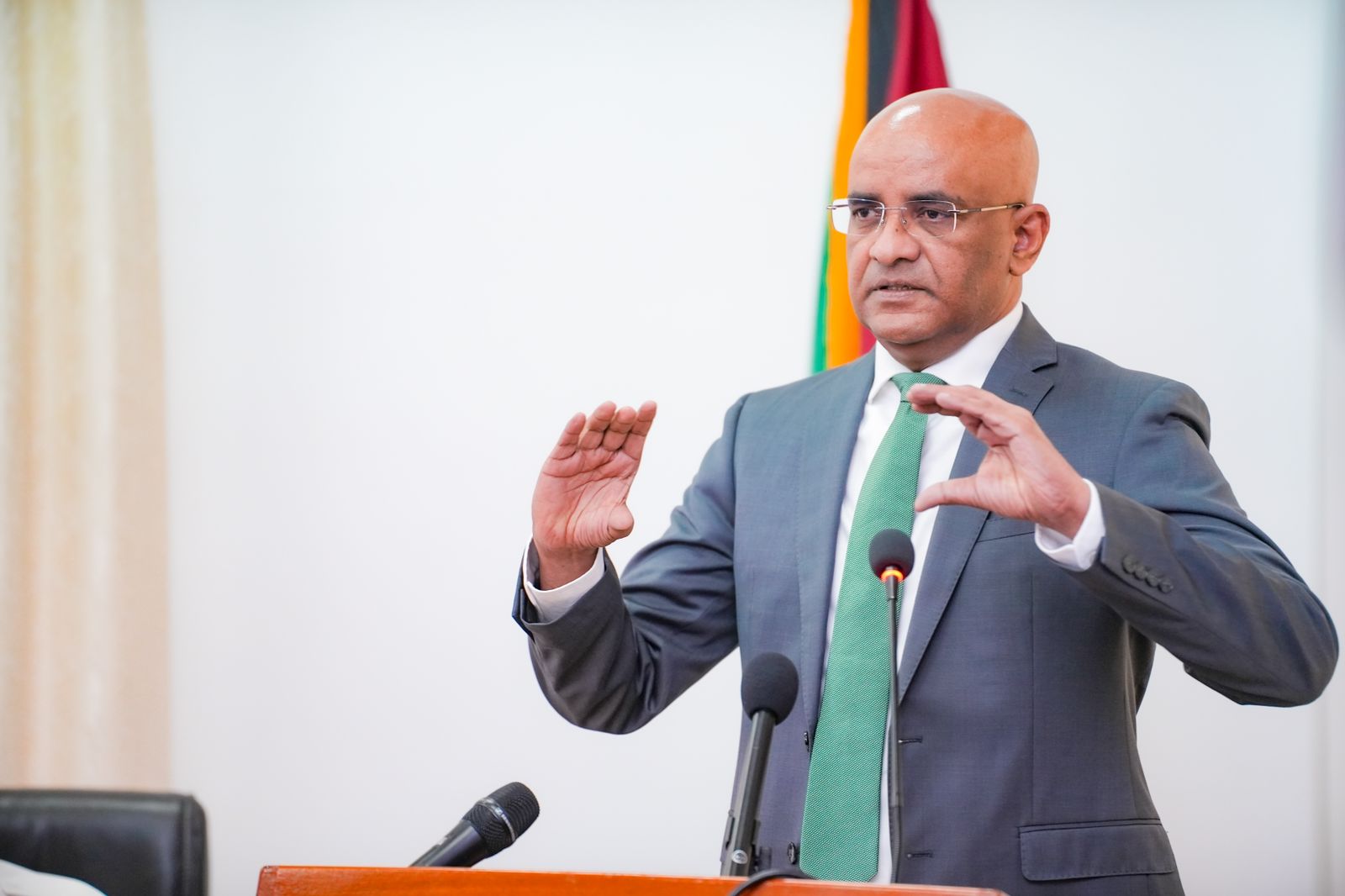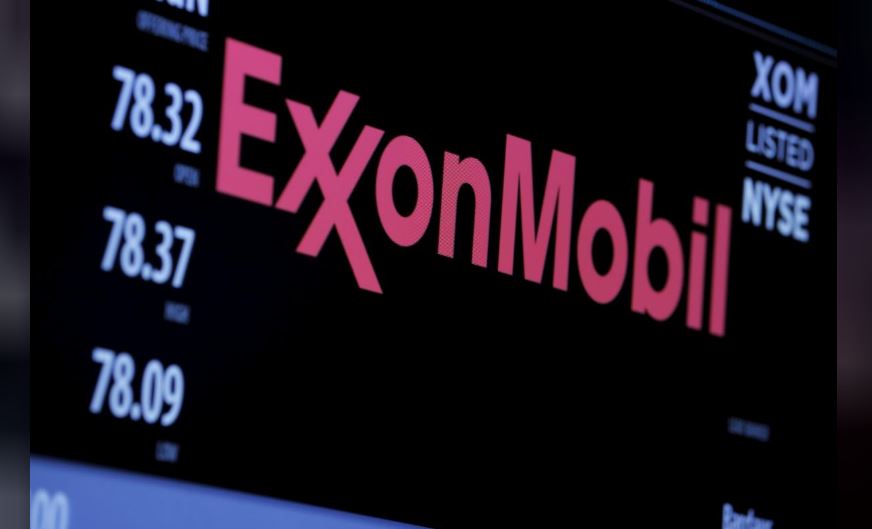Toshaos – Guyana’s Amerindian leaders – will on Wednesday engage Vice President Dr. Bharrat Jagdeo on the disbursement of the forest-saving payments allocated to Indigenous communities.
Ahead of that meeting, Jagdeo said those leaders, in consultation with villagers, will craft their own village development plans to spend the money but he hopes that some of the funds will be spent on income-generating ventures.
Guyana received its first payment of US$75 million in the forest-saving, carbon credits deal with the Hess Corporation.
Of that amount, US$22 million, or 15 per cent, is going directly to the country’s Indigenous communities for their environmental stewardship which is crucial to the preservation of the forests Guyana is now earning from.
“Once the villages have the funds, they will have to go through a process to create a village development plan.
“If four villages in a sub-region decide to pool their money…they would have close to US$750,000, so then they can use it for a regional project in their sub-district.
“They have to, at their village level, involve people and use the resources for their own development plans,” Dr. Jagdeo explained on Wednesday when he spoke at the ongoing International Energy Conference and Expo at the Marriott Hotel in Kingston, Georgetown.

He continuously emphasised that the government will not dictate how those funds will be spent. He also noted that the government can provide technical support, if needed.
The Vice President, however, said income-generating ventures, including those that also boost food security, in the communities would be crucial to their development.
“That’s where we would like to see it go but under these funds, they would have to make these decisions,” Dr. Jagdeo said.
Importantly too, the Vice President told the gathering that the funds will not be saved in the Natural Resource Fund (NRF)- since that is specifically for oil revenues.
He, however, explained that the Toshaos will create separate bank accounts to allow for transparency in the withdrawal and spending of the forest payments.
ADAPTATION NEEDS
Meanwhile, the Vice President also noted the remaining 85 per cent of the forest payments will be spent on national priorities and are meant to impact people across the country.
One adaptation priority he highlighted is flood control and water management strategies, as part of a wider focus on mitigating the impact of the climate crisis in Guyana.
According to him, about US$2 billion is needed to protect the country against flooding and other climate disasters.
But with these forest payments and oil revenues, Guyana can invest in projects that will help the country defend itself.
“We can’t wait for climate funds or adaptation funds to come through the global mechanism.
“Most countries in the region are waiting, we can’t wait,” Dr. Jagdeo said.













